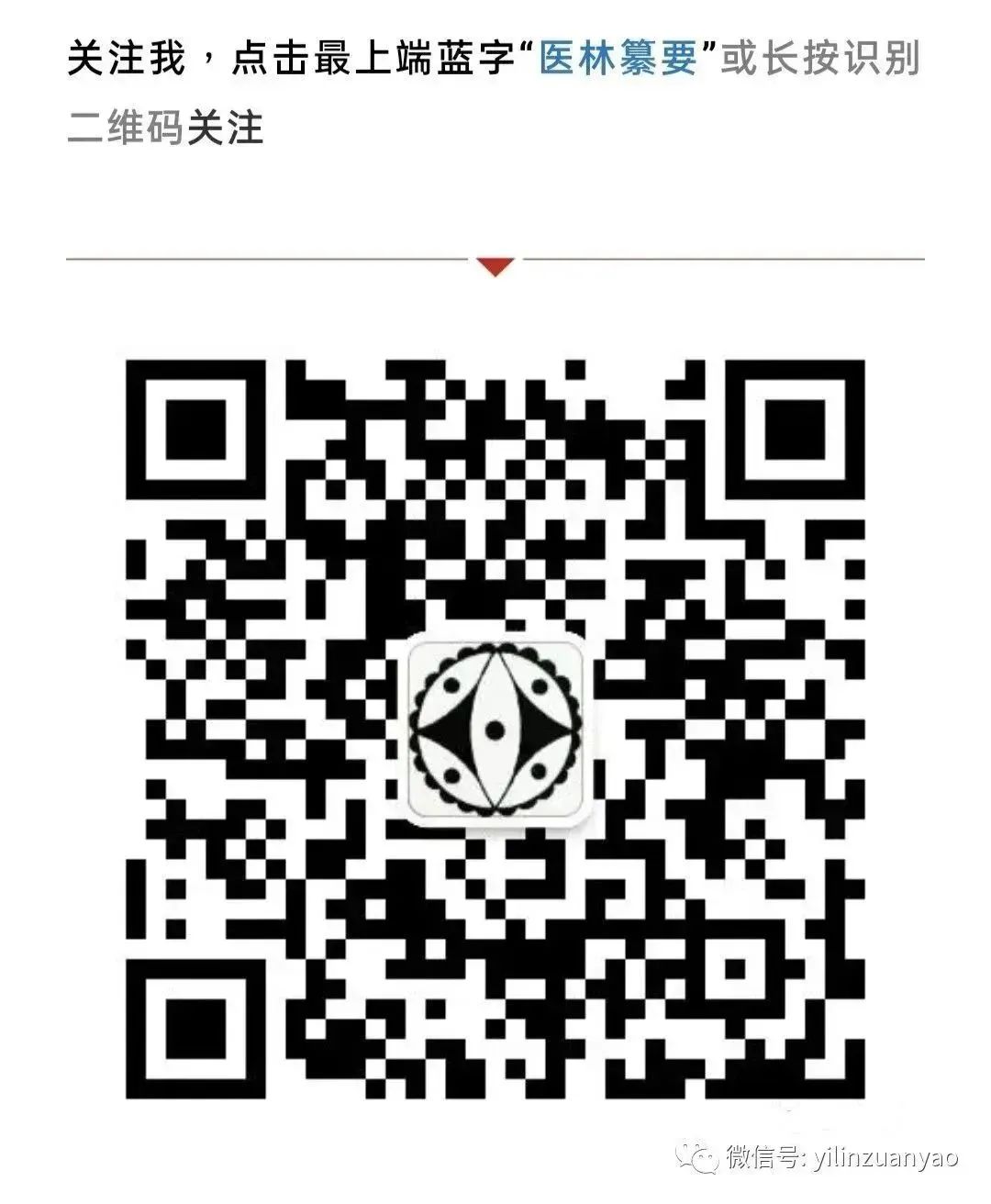1. Characteristics of the Pulse
According to the “Pulse Classic”: “When lifted, it is absent; when pressed, it resembles a bowstring.”
In “The Correct Eye of Diagnosis”: “The string pulse is like a lute string, light, empty, and smooth, straight and long, and stands firm under the fingers.”
As stated in “Seeking Truth in Pulse Theory”: “The string pulse is straight and long; when lifted, it responds to the fingers, and when pressed, it does not shift.”
From the perspective of the Five Organs and their associated diseases, the string pulse is characteristic of the liver meridian. In a physiological state, the string pulse is long and gentle, resembling the straight and tender seedlings of spring (full of stomach qi), brimming with vitality. The clinical characteristics of the string pulse are: it appears straight and long; whether taken superficially or deeply, its pulsation can be felt, akin to pressing a lute string. If this string characteristic loses its gentleness, becoming hard or rapid, it indicates a pathological state lacking the characteristics of stomach qi.
2. Main Symptoms
(1) Indicates Liver Qi Stagnation
It is known that the string pulse corresponds to the liver meridian, which has the physiological function of regulating the flow of qi and emotions. If the pulse is string-like but lacks gentleness (indicating insufficient stomach qi), it often signifies liver qi stagnation.
(2) Indicates Pain, Phlegm-Dampness, and Malaria
As stated in “Essentials from the Golden Chamber: Pulse Signs and Treatment for Malaria”: “The malaria pulse is string-like; if it is rapid, it indicates heat; if it is slow, it indicates cold.” Furthermore, “In the Pulse Treatise”: “(The string pulse) seen at both wrists indicates liver qi entering the kidneys, leading to hernia pain and acute lumbar pain.” Additionally, in cases of typhoid fever, the pulse is stringy and thin, with headache and fever indicating a lesser yang condition; this is a yang string headache. The yang pulse is rough, while the yin pulse is string-like, indicating urgent abdominal pain; this yin string abdominal pain is also located in the lesser yang region.
This article is excerpted from Liu Jianli’s “Essentials of Pulse Theory”. Copyright belongs to the relevant rights holders. This public account uses it for academic exchange only. If there is any infringement, please contact the editor for prompt removal.


